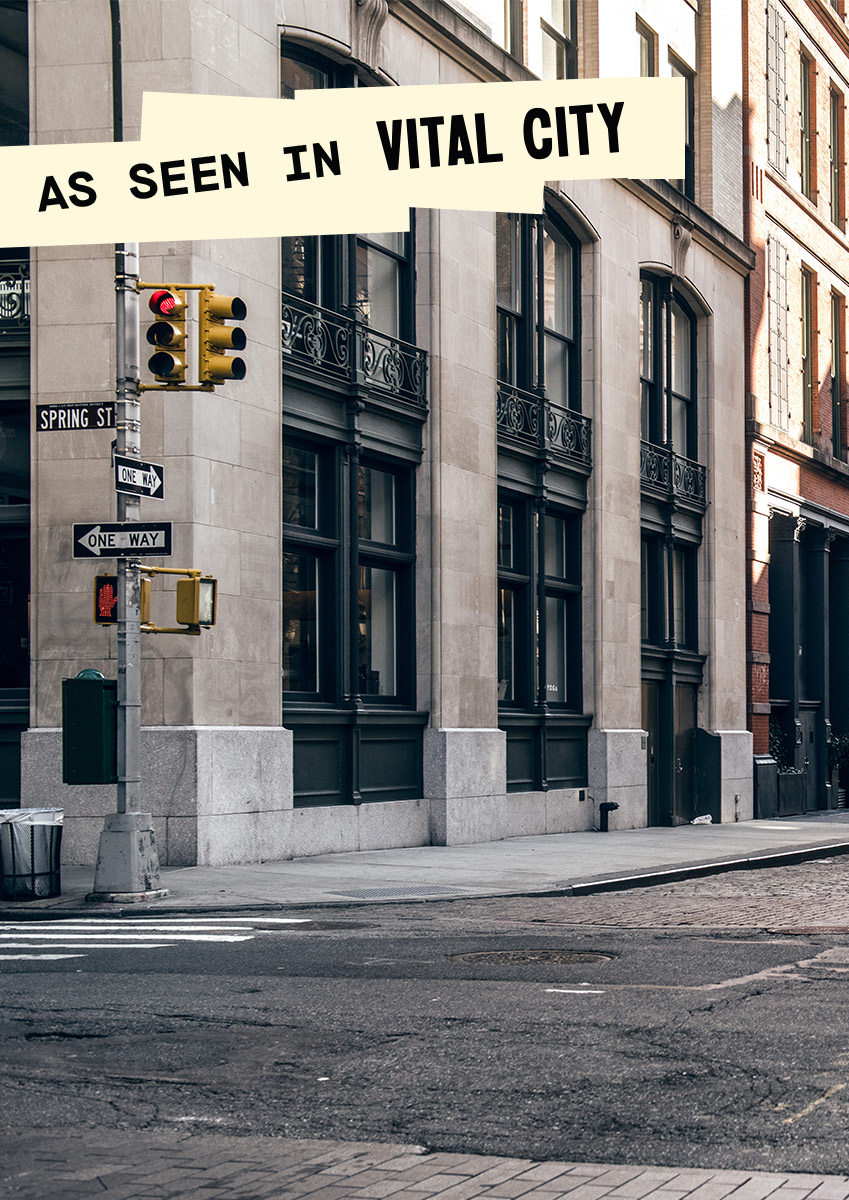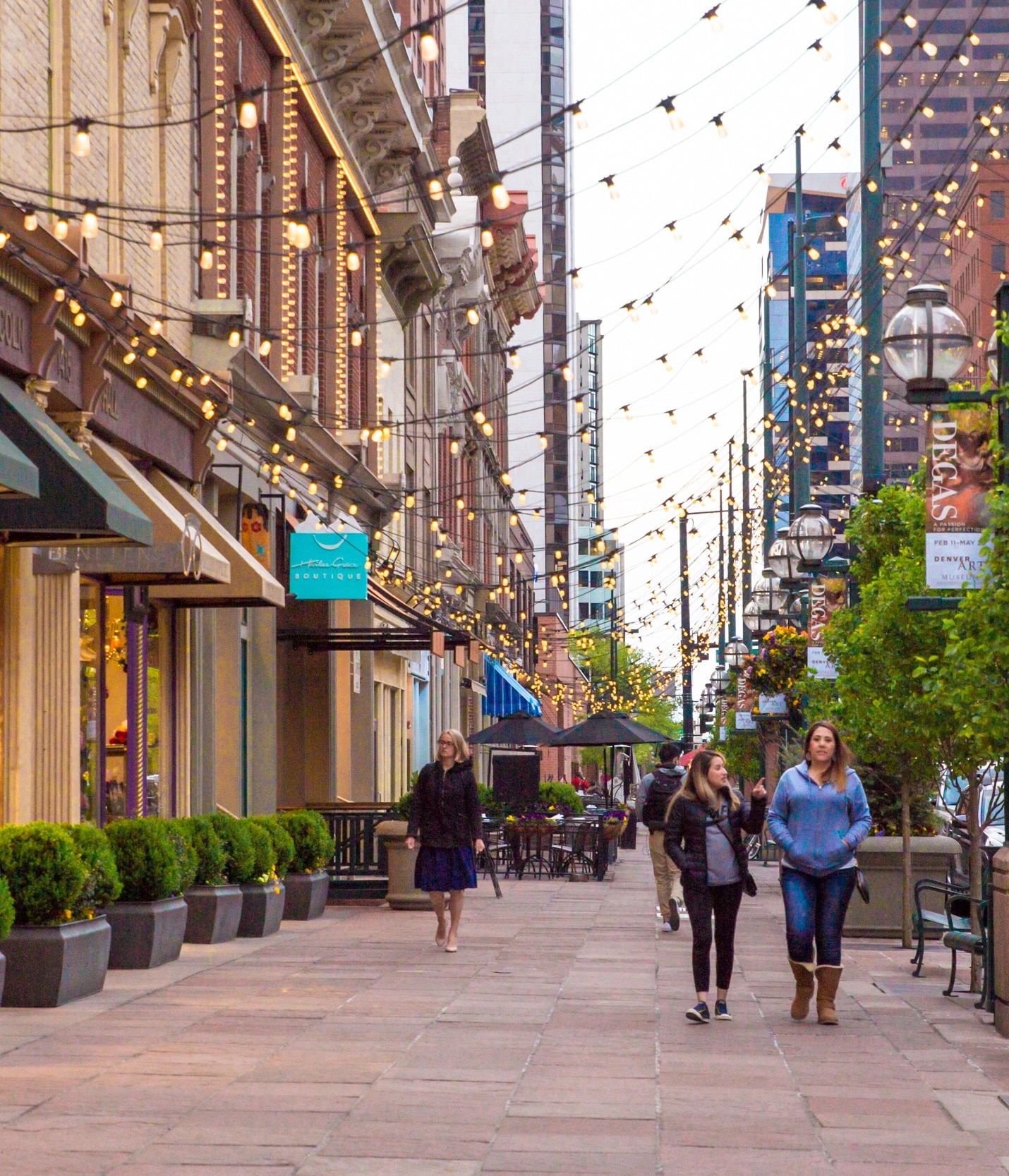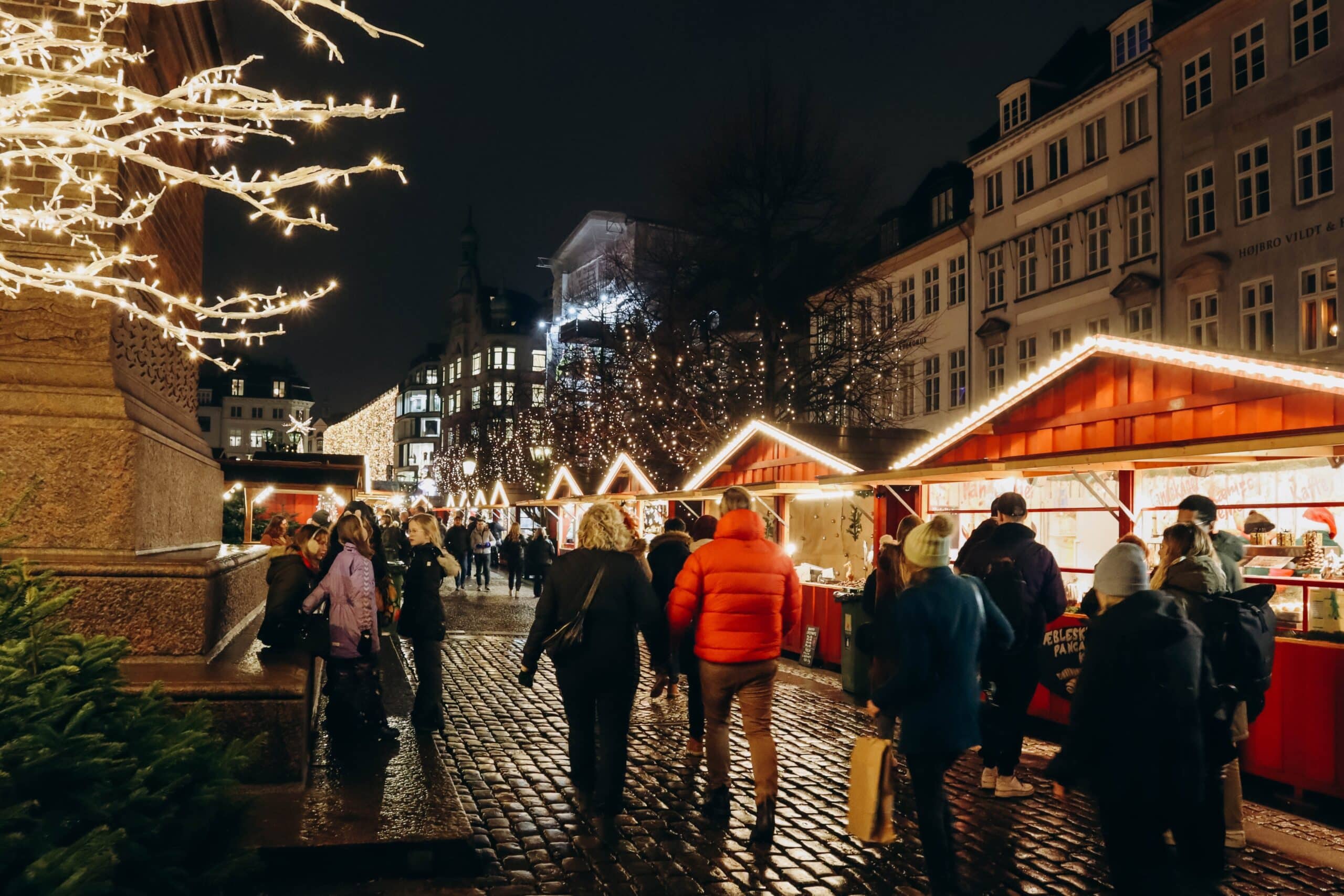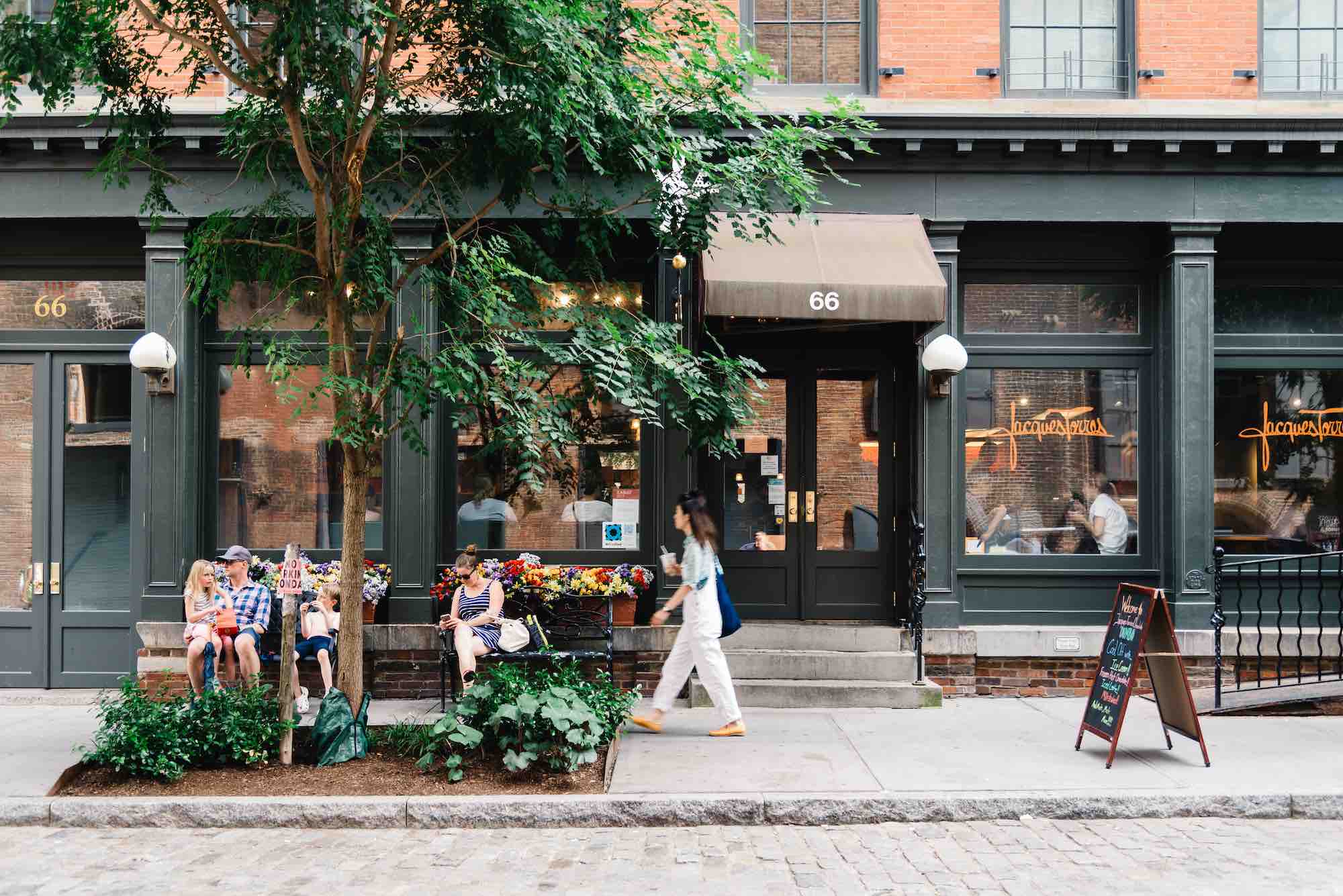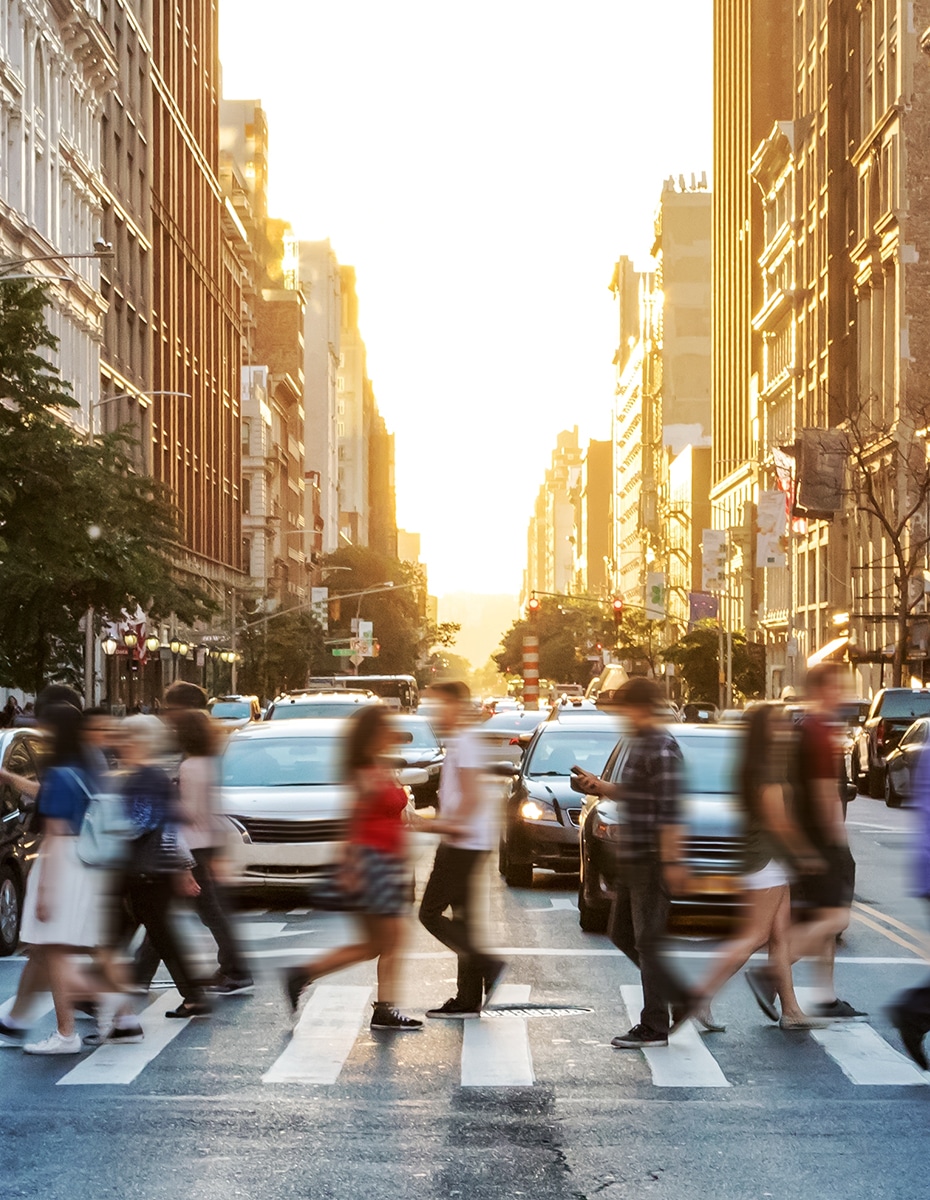This post was originally published on the Larisa Ortiz Associates blog in February, 2019 by Streetsense Managing Director of Research + Analysis, Larisa Ortiz.
The intersection between commerce and transit is so deeply intertwined as to be inseparable. Why did our cities come into existence, if not as centers for trade and distribution? For many of our earliest cities, it was access to water transport, which was at the time one of the most efficient ways to move goods around, which created the most viable environments for business success.
Things truly haven’t changed. Access remains key to great business environments. I was reminded of this fact while reading an excellent book by Russell Shorto entitled “The Island at the Center of the World” about the story of New Netherlands – now Manhattan. The story of New York City is the quintessential story of how access and transportation are inexorably linked to urban growth. A deep harbor, a central location, and access to vast market areas as a result of major capital investments (such as the Erie Canal, which connected New York City to the Great Lakes via the Hudson River) all created an environment in which business thrived. This principle is something that we at LOA build into our methodology and infuse in our work.
One particular story from the book resonated with me. Early Dutch settlers to the “South River”, as they called the Delaware and Schuylkill Rivers to the South of Philadelphia, located a trading fort on the east side of the mouth of the river. Peter Minuit, in his role leading a Swiss contingent of colonists, set up a competing fort on the west side. But according to Shorto, there was “a flaw” in the location of the Dutch trading post. It “was on the east side of the river, so that the Indians had to ford it to reach them.” The fort on the West side ended up “outflanking the Dutch and making the Swedes instantly more attractive to the Minquas…the tribe that dominated the fur trade in the valley.” I chuckled when I read this, because it’s precisely the reason why Dunkin Donuts, for instance, wants to be on the “in-bound” side of the street. It seems these lessons in commerce truly are universal.
Today the questions we seek to resolve when developing strategies for successful business environments still rely heavily on understanding impediments to access and convenience. Setting the stage for successful commerce requires that we think broadly about how people arrive at our business districts and the ease with which they can do so. This is not about enabling customers to park immediately in front of the store they want to patronize, far from it. It is about identifying the sometimes seemingly inconsequential improvements that improve access and convenience for customers who arrive by a variety of transportation modes. Ultimately, it is about designing the most frictionless “pathway to purchase” possible.
Mall owners are already doing this. A recent panel I attended included the general manager of one of the most productive malls in the nation, Queens Center Mall. He also used the term pathway to purchase to talk about how they were now looking at the experience of arrival from the moment customers enter the parking lot to the moment they walk into the mall. A comfortable and frictionless experience is part of their strategy to maintain the competitiveness of this very successful mall. Downtown’s should take note of the concerns that even successful shopping center owners are trying to tackle.
We recently completed a project in upstate New York for the Downtown Revitalization Initiative and the problem we identified was a basic one. The downtown parking facility – a well maintained and fairly well-located structure – could not easily or comfortably be accessed. Customers parking and leaving the lot (many for evening events at a nearby theatre) face one of two options.
They could either walk underneath a dark and foreboding highway overpass or walk down a desolate path (albeit with a nice mural along one side) to a busy, wide intersection that was also the exit from the highway. Once at that intersection, most pedestrians would stand at the corner waiting for the walk signal. The evening we did that, we waited and waited and nothing happened. That was when we realized there was a push-to-walk button located not at the corner, where we needed it and would have seen it, but at least ten feet back from the corner of the road. By this point, we decided to cross illegally rather than walk back, push the button and wait for the signal to change. Now imagine doing this with children in tow, on a chilly night. You can see how this might not be the most comfortable experience for most visitors.

Option 1 for exiting the parking lot. You can see the lovely historic building on the other side, but getting there requires walking under a dark underpass. Most people wouldn’t know about this option because there is no signage and this path is not visible from the main pedestrian exit to the parking lot.

Option 1 for parking lot access taken from the opposite vantage point. The parking lot is visible on the other side of the overpass. Improvements to this path, with an entrance directly into the lot, would make this lot more convenient and create a frictionless arrival experience for customers.

Option 2 for exiting the parking lot – a walk along a desolate path to a busy intersection.
As we looked at Option 1, it was clear that this connection would be more appealing with a few fairly minor cosmetic improvements. The path had a lot going for it. First of all, not a single street needed to be crossed. No waiting at a busy intersection for a light that was never going to change. Second, on the other side of the underpass was a lovely pedestrian passageway lined with beautiful historic buildings (including a museum and a lovely english pub). Despite the proximity of these amenities, there was not a single indication in the form of signage or lighting directing customers in that direction. Instead, there were parked cars in the way that made it unclear whether there was even a path at all.
After presenting our findings, we were extremely pleased to see the Parking Authority embrace this project. They are now in the process of seeking funding for improvements that will address these challenges. This will be a win for the Parking Authority as well as for local businesses that will benefit from the increased foot traffic that results from these improvements. But most of all, this will be a win for customers.
For Streetsense updates, follow us on social media or sign up for the Word on the Street newsletter.
BACK TO LATEST



